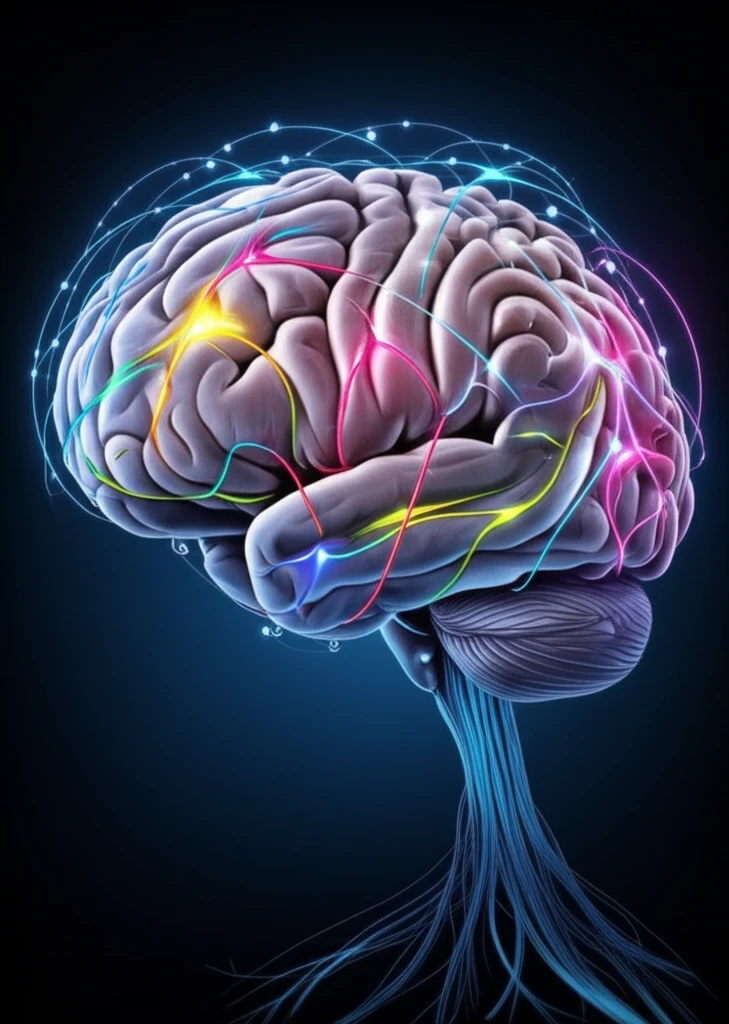
Essential Tremor Breakthrough: Can Stimulation Pulse-Width Improve Gait?
"A new study explores how adjusting the pulse width of thalamic deep brain stimulation can alleviate gait ataxia in essential tremor patients, offering a potential path to better treatment outcomes."
Essential tremor (ET) is a common neurological disorder characterized by involuntary shaking, which can significantly impact a person's quality of life. While deep brain stimulation (DBS) of the subthalamic nucleus (STN) has become a well-established treatment for disabling and drug-refractory ET, it can sometimes lead to delayed onset cerebellar syndrome, including gait ataxia.
Gait ataxia, a condition characterized by impaired balance and coordination during walking, can be a challenging side effect of DBS for ET. Researchers have been exploring ways to mitigate this issue, with a focus on refining stimulation parameters to optimize therapeutic benefits while minimizing adverse effects.
A recent study delved into the impact of stimulation pulse-width on gait ataxia in ET patients who had undergone thalamic DBS. The study hypothesized that using short pulse-widths could selectively stimulate fast-conducting dentate-thalamic myelinated fibers, potentially reducing gait disturbances without compromising tremor suppression.
Short Pulse-Width Stimulation: A Promising Solution for Gait Ataxia?

The study enrolled seven patients (two males, average age 73) with pharmacologically intractable ET and gait progressive ataxia, all of whom had bilateral DBS implants in the STN area. The participants underwent two stimulation conditions: their usual stimulation parameters (baseline) and a reduced pulse-width of 30 µs after a two-week follow-up period.
- Clinical Evaluations: The Fahn-Tolosa-Marin tremor rating scale (TRS) assessed tremor severity, while the SARA scale focused on evaluating ataxia.
- Kinematic Assessments: An optoelectronic system (SMART DX, BTS) captured detailed movement data, which was then processed using custom Matlab algorithms to calculate gait spatio-temporal parameters.
- Statistical Analysis: The researchers used the coefficient of variation (CV) to quantify parameter variability and compared baseline and ataxic conditions using the Wilcoxon matched pairs test (JMP13).
Implications and Future Directions
The study's findings suggest that DBS-induced gait ataxia in ET patients can be effectively managed by reducing the stimulation pulse-width to 30 μs. This short pulse-width approach may selectively stimulate fast-conducting dentate-thalamic myelinated fibers, which are the appropriate target for tremor control. This prevents current spread, which is responsible for cerebellar side effects. The pulse-width reduction did not compromise tremor suppression, offering a well-controlled therapeutic outcome. Further research is warranted to validate these findings in larger cohorts and explore the long-term effects of short pulse-width stimulation on gait and overall quality of life in ET patients.
